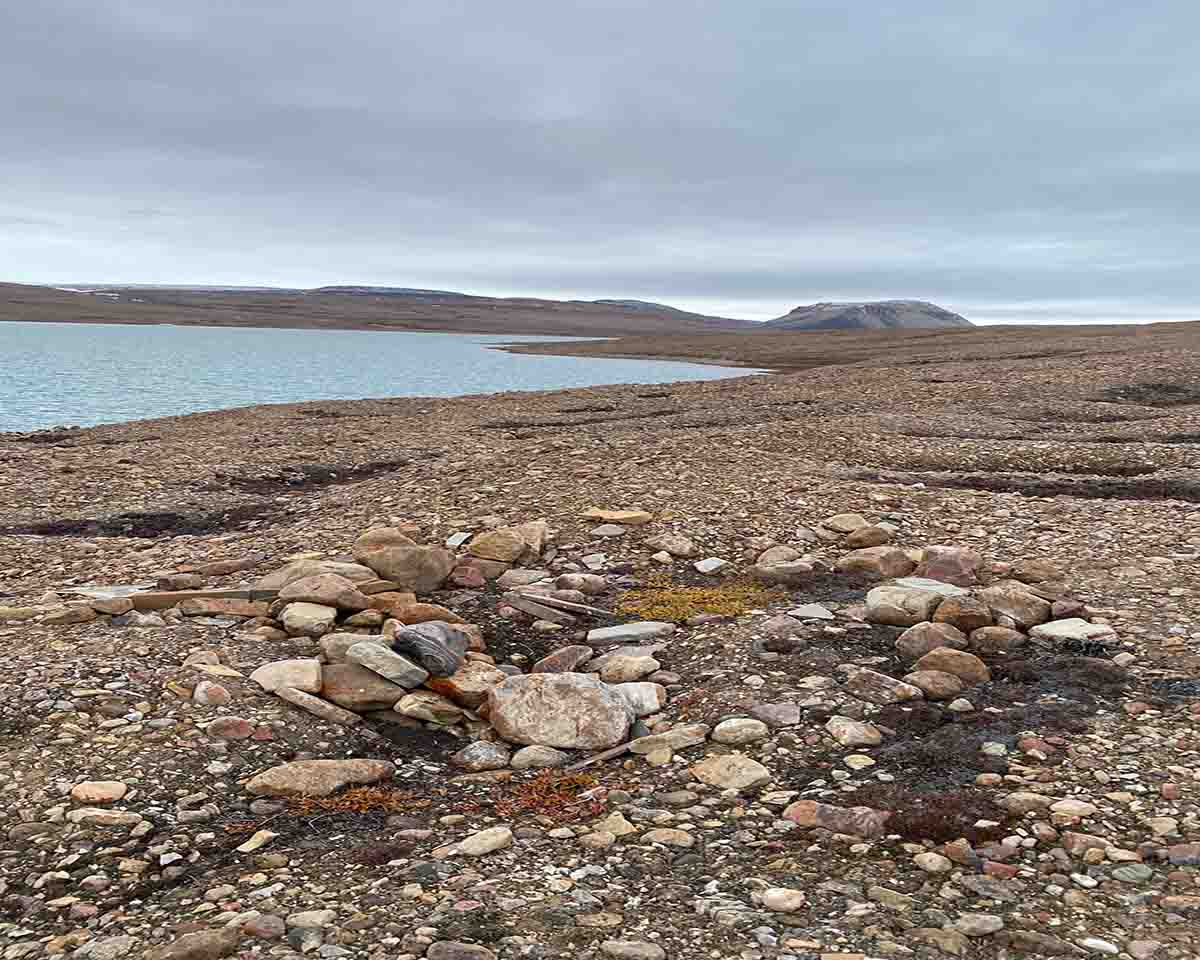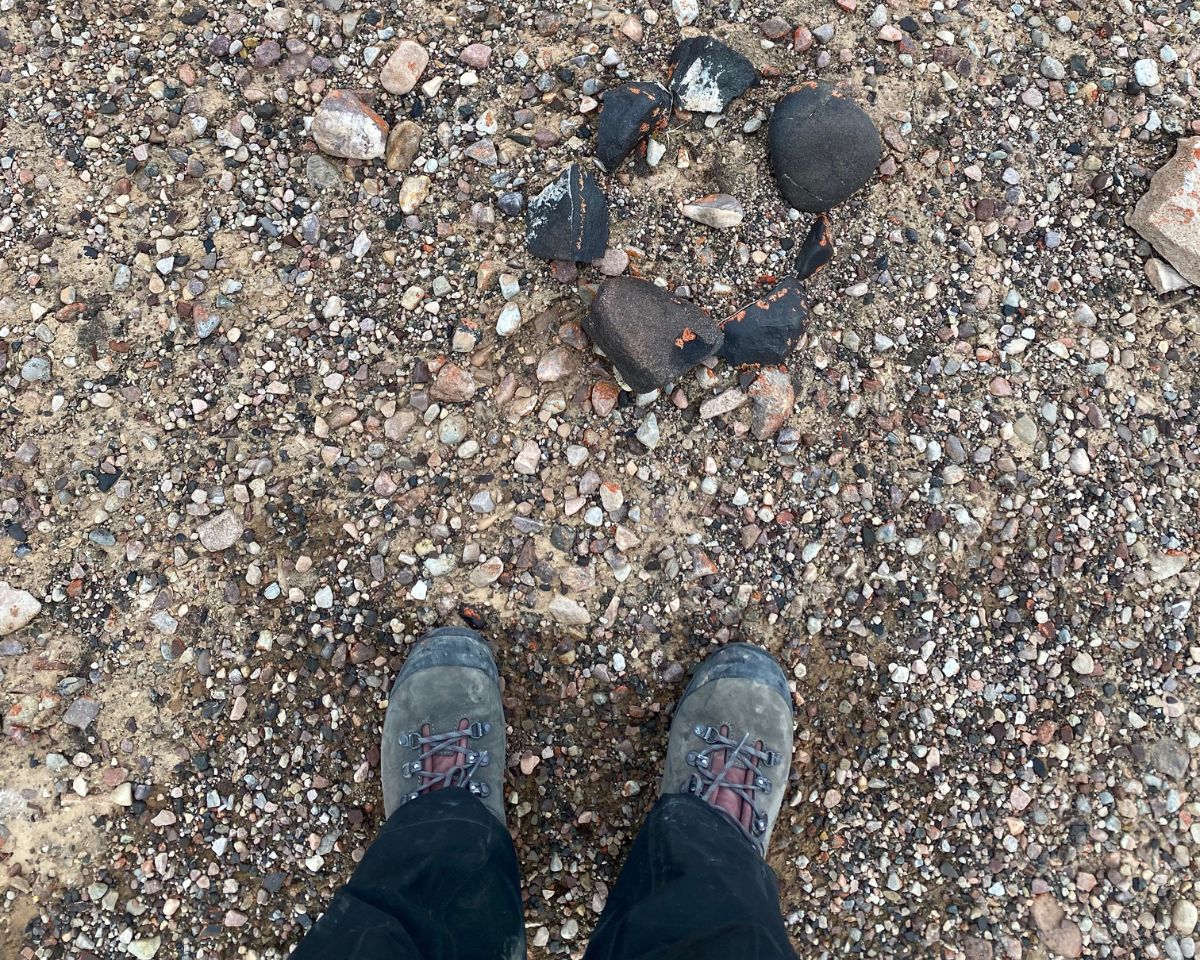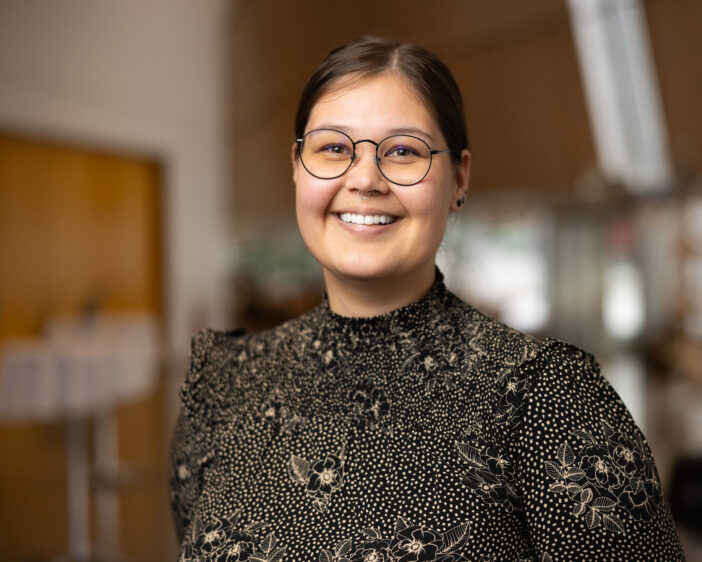Research assistant Nukannguaq Mathiesen came closer to understanding the climate and people of northernmost Greenland 4,500 years ago.
By Christine Hyldal
Published on October 21, 2024
The small twin-otter airplane hangs in the skies over northernmost Northeast Greenland.
The landscape below the plane is rocky, like a desert, and the mountains are flat on top – much like the iconic mountain at Qaanaaq.
A small group of researchers from Greenland, Norway, USA, and Denmark are on the plane. One of them is 33-year-old Nukannguaq Mathiesen. She is not a researcher but is on the trip as a scientific assistant.
It’s the beginning of August. She has just handed in her bachelor’s project on bone sewing needles. In about a month, she will continue studying for a master’s degree in Culture and Social History at Ilisimatusarfik in Nuuk.
But right now, she’s in a small plane just 800 kilometers from the North Pole, and two weeks in a tent with a sleeping bag and no internet await her.
“It was a once-in-a-lifetime experience. It was so wild,” says Nukannguaq Mathiesen.





